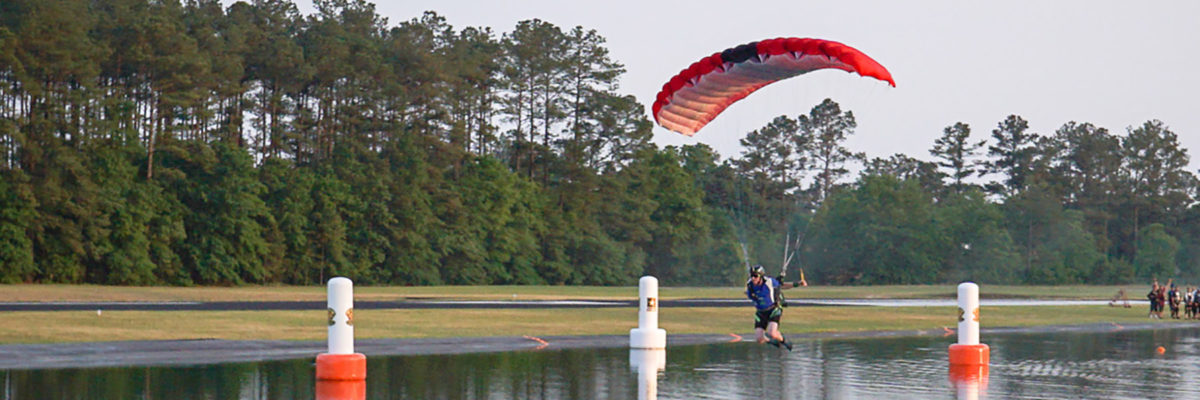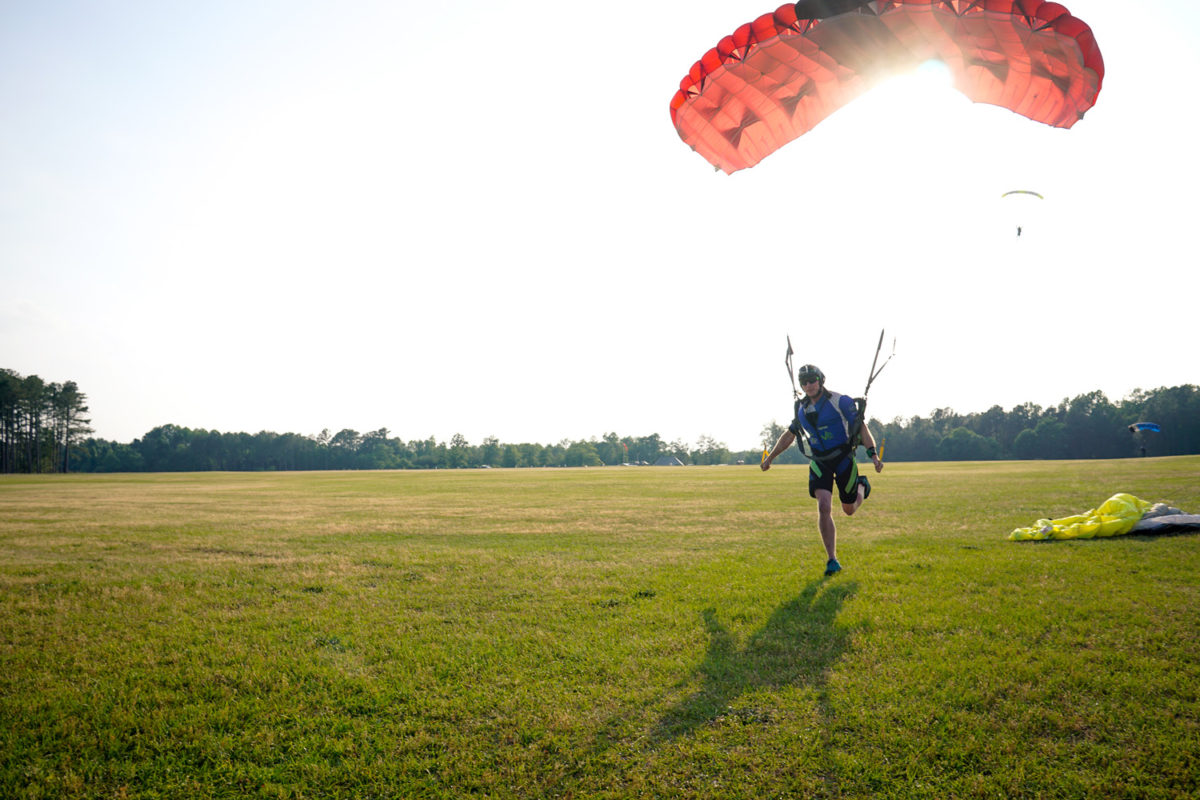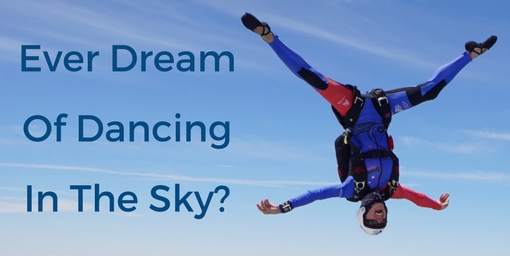
Why Canopy Control Skills are Vital for Safe Skydiving
Thursday, February 6, 2020
- Team FlyXP
- 2/06/20
- 0
- General, Skydiving
When pondering about the concept of flight and how far we’ve come is truly awe-inspiring – especially with parachute technology. Parachute designs evolved from various round parachutes to squares to elliptical designs. With the advancement of parachute designs, there is a greater need for canopy control understanding and how canopy control skills are vital for safe skydiving.
Here at Skydive Paraclete XP, we have a comprehensive solo training program that takes you beyond your first basic license. To progress to earn your next license with the United States Parachute Association, a canopy control course is required which is included in our comprehensive Learn to Skydive program. Let’s dig in:
DEFINING TERMS & AERODYNAMICS OF CANOPY CONTROL
Canopy – The words canopy and parachute are interchangeable, meaning the same thing. A canopy is made up of cells that inflate the fabric of the wing to slow a jumper’s descent. A canopy is controlled by steering lines that attach to the back of the parachute with handles (called toggles) for the jumper to direct the canopy’s flight. If the right toggle is pulled down the parachute turns right and same for the left. When both toggles are pulled, it slows the parachute’s descent.
Canopy Pilot – the jumper who operates the parachute to landing
UPSA – United States Parachute Association, the national organization of which Skydive Paraclete XP is a Group Member
B-License – the next license to earn after the first basic license in skydiving that is defined by USPA
PSP – every USPA Group Member is required to follow minimum standards for their student training, usually called AFF (or Accelerated Freefall). Here at Skydive Paraclete XP, we have developed our own training that goes above the industry standards called, PSP, or Paraclete Student Program.
Canopy Course – or also known as a Canopy Piloting Course is a continued education program to learn more techniques and flight characteristics of a parachute

THE USPA B-LICENSE CANOPY CONTROL COURSE EXPLAINED
As skydivers, we spend more time under the canopy than we do in freefall. There are times when we need to fly our parachutes long distances to make the designated landing area, times we need to slow our parachute to create more vertical separation to clear ourselves from traffic, and times when we need to stow parts of the canopy to maintain the integrity of the parachute lines.
Therefore, there are several levels of training to help understand the flight characteristics of the parachute. There are several basic canopy control lessons during the PSP training, and to earn your first USPA A-License. One of the requirements to earn your USPA B-License is the canopy control course. Skydive Paraclete XP’s instructors host Canopy Courses using USPA’s Canopy Piloting Proficiency Card that outlines specific objectives for each jump. These objectives build on the knowledge learned in the PSP program.
Some objectives of the canopy piloting course include: better understanding of the different control inputs, other jumper avoidance drills, honing in your landing pattern, and techniques to slow the parachute.
WHY IS CANOPY CONTROL IMPORTANT
Whether you are a newly minted A-license holder or a seasoned jumper, continuing canopy control education is vital for safe skydiving. Every type, size, and wing loaded parachute flies differently under different weather conditions and regions. Discovering more in-depth canopy control techniques will help you understand the subtleties of canopy flight characteristics, and will help you better anticipate and maneuver your parachute for a safe landing. Being a more aware and informed jumper will also help you feel more confident under your wing.
If you are ready to take the next step and sign up for a canopy piloting course, contact us for our upcoming dates!
Copyright © 2025, Skydive Paraclete XP, All Rights Reserved.
DropZone Web Design & Marketing by Beyond Marketing, LLC
